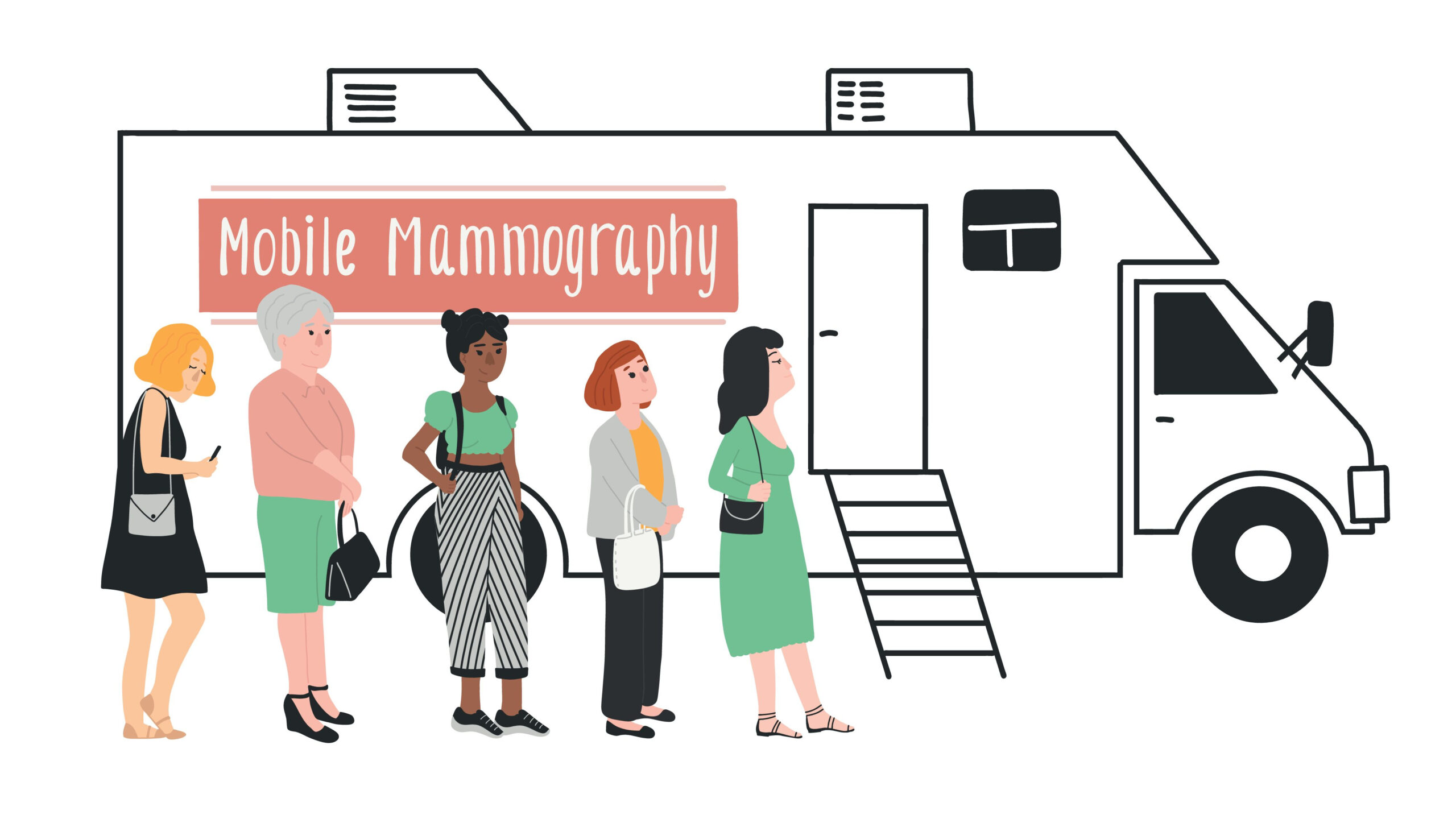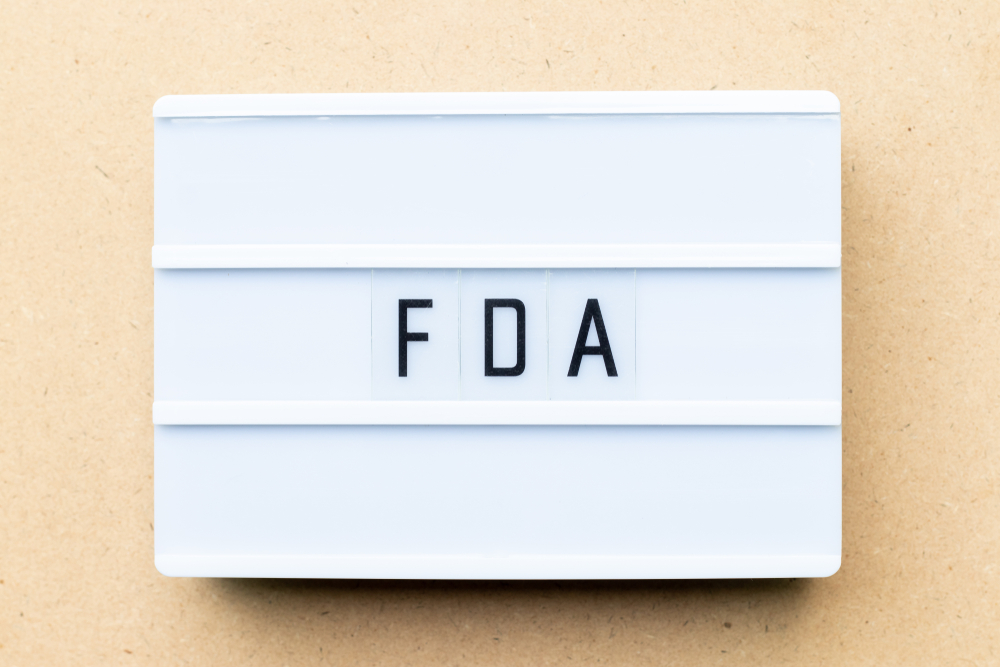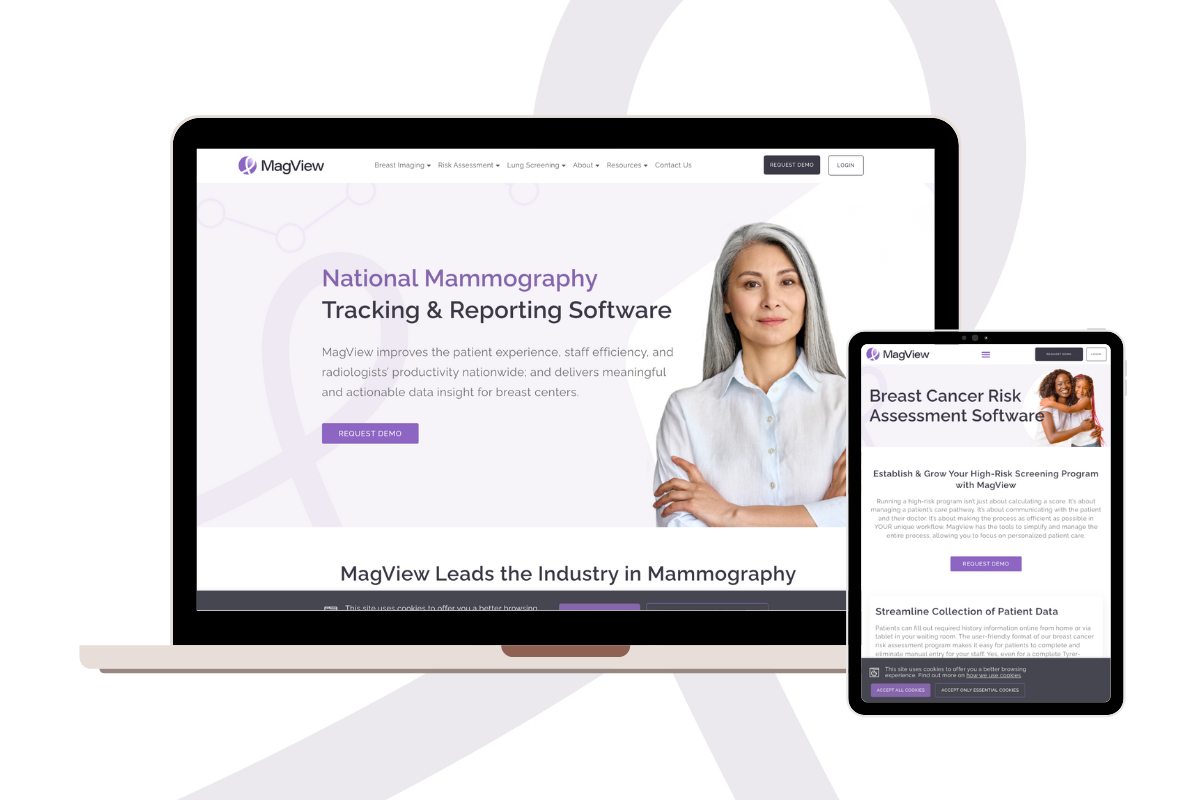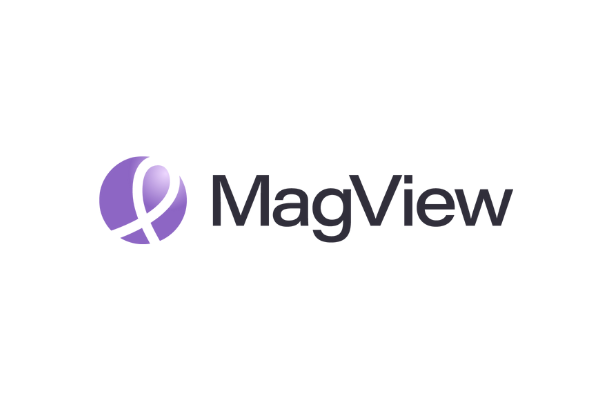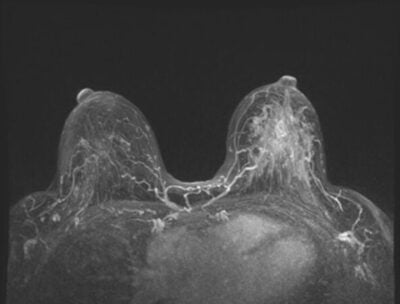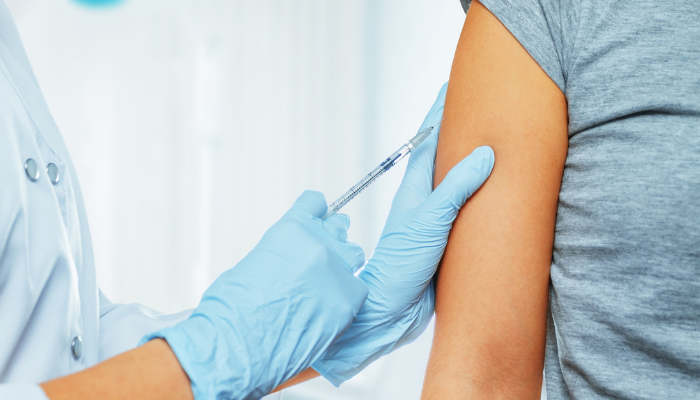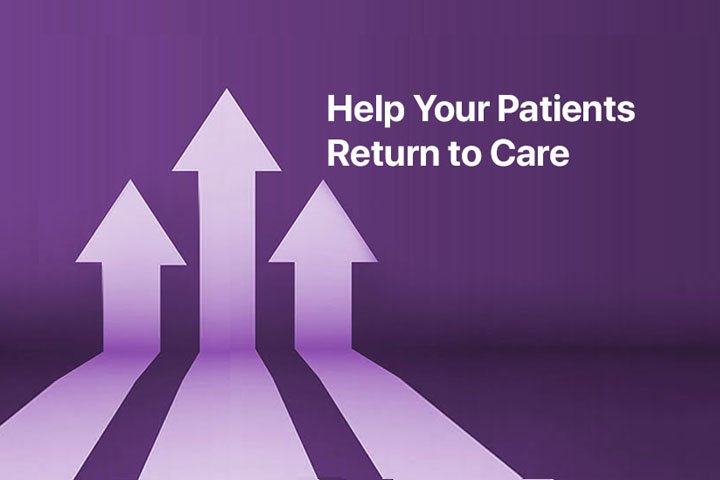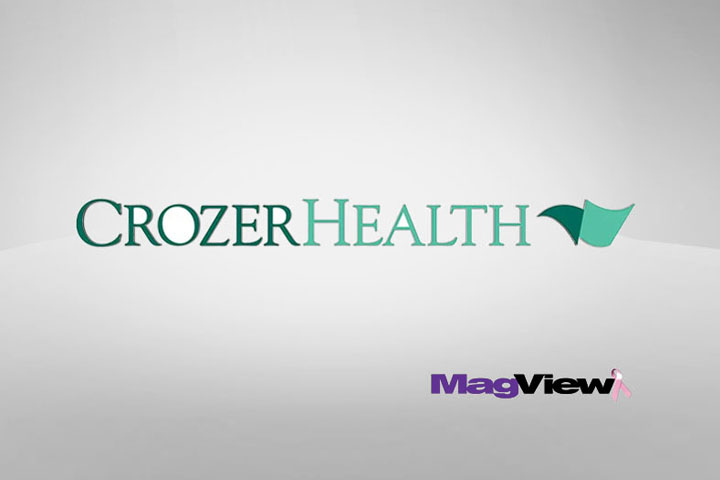As breast imaging centers start to resume screening procedures in the aftermath of the COVID-19 pandemic, team leaders are looking for ways to keep their patients safe and reduce potential exposure. How can services like screening mammography reduce the patient’s time in the waiting room while not cutting back on necessary paperwork and data collection?
Many sites are exploring options for patients to fill out paperwork online at home in advance of their appointment. By offering this convenient service, patients can fill out the required information days or even weeks in advance of their exam, saving them time in the waiting room.
Electronic Patient History Collection
As soon as the appointment is scheduled, patients will receive a link to your patient portal, where they can fill in the necessary history information. These forms can differ based on the reason for their visit, so a screening exam would provide a different form than a diagnostic one.
The questions are completely customizable to your facility, so you can gather the data that is vital to your practice. More importantly, the data is encrypted, so your patient’s information stays safe and secure.
Collect History for Risk Scoring
Many breast centers collect patient history information for the purpose of generating a risk assessment score. Your history portal can be customized to collect these relevant questions that factor into most calculations and risk assessment tools.
There are other benefits to generating a risk score automatically, beyond saving the patient time. If your system can translate these auto-generated risk scores into text for your finding reports, this can empower your radiologists to work more efficiently. Additionally, if your techs or other users spend their time manually entering history data in an online calculator to generate a score, you can also bypass this process with an automated workflow.
Additional Forms
In addition to the history questionnaire, centers can also migrate other necessary forms to an online portal. This can include privacy and consent forms, disclosures, and any other forms that require a patient signature.
These forms can be converted into electronic documents for the patient’s perusal. Once they finish reading them over, they can sign them electronically. The portal then saves the form with the signature and attaches it to the patient’s record.
Patients Can Alert Staff When They Arrive
One new feature that is designed with social distancing in mind is the ability for patients to alert staff when they arrive in the parking lot. The patient receives a text or email stating that they can check in once they are safely parked.
This notifies the staff that the patient is at the facility. The facility can then call or text the patient once they are ready for the patient to come inside. This limits social interaction and contact, plus it reduces the total amount of time the patient needs to be in the facility. This is just one innovation that puts the patient’s health and safety above all.
The “New Normal”
The breast imaging landscape is quickly evolving due to COVID-19 pressures and the need for innovation and continuous improvement. As they return to what will become the “new normal,” breast centers must consider and plan for changes to their workflow to stay competitive, while keeping their patients’ safety at the forefront.
Offering the ability for patients to electronically submit their history and paperwork is just one way centers can adapt to the changing times. These changes will benefit everyone by saving time, increasing efficiency, reducing patient wait times, and keeping patients safe.




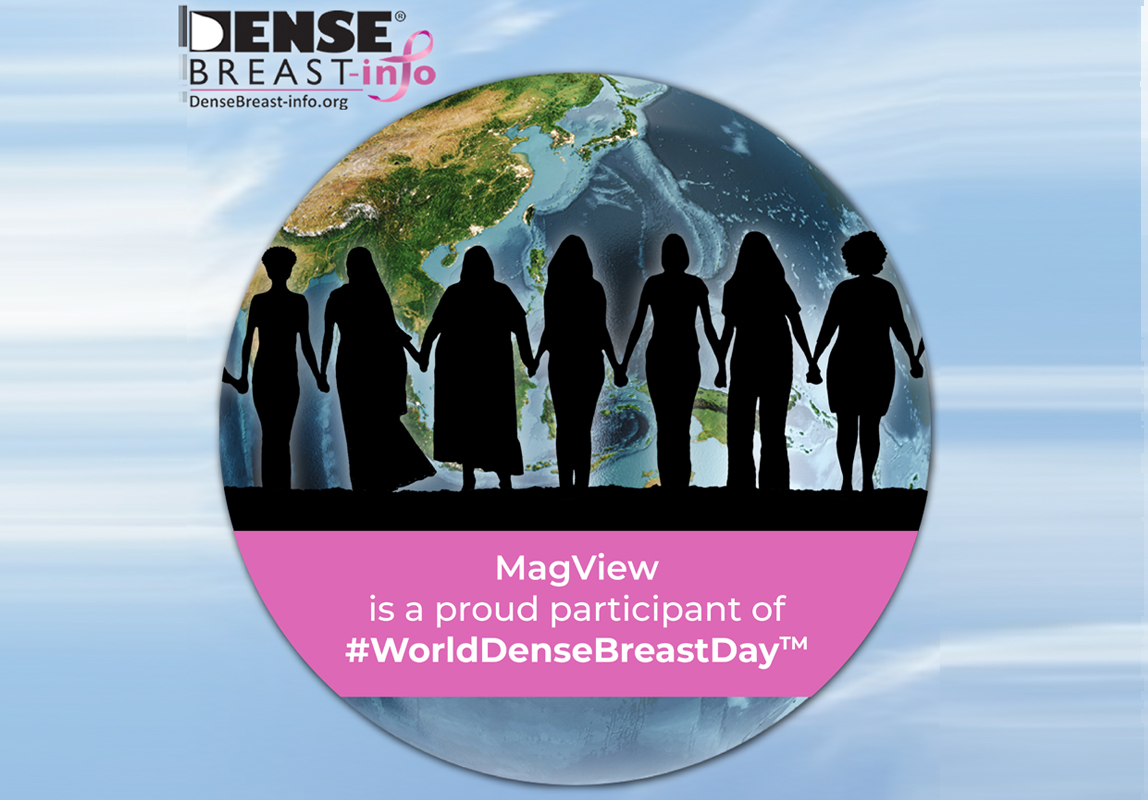
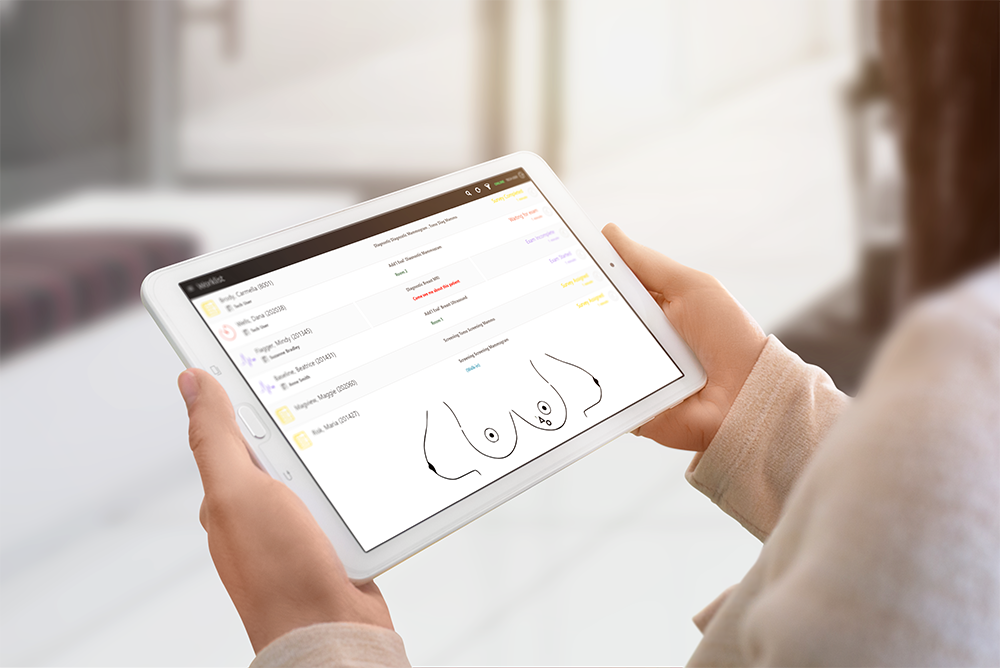
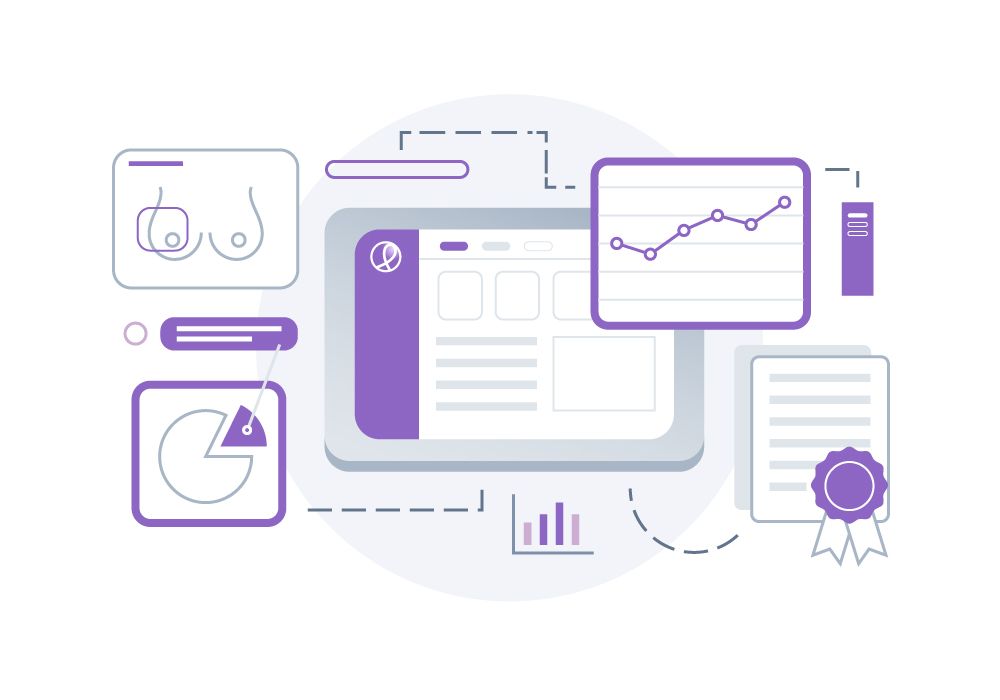
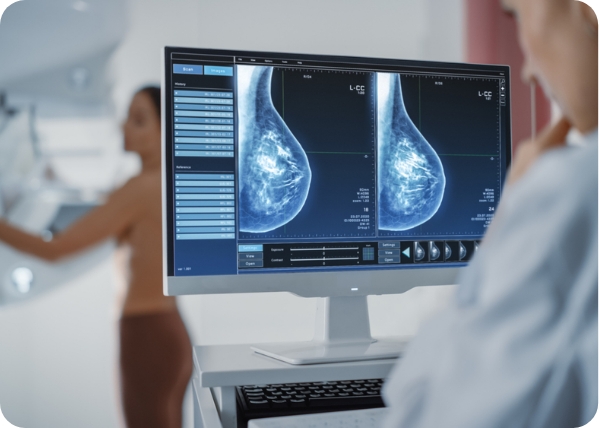


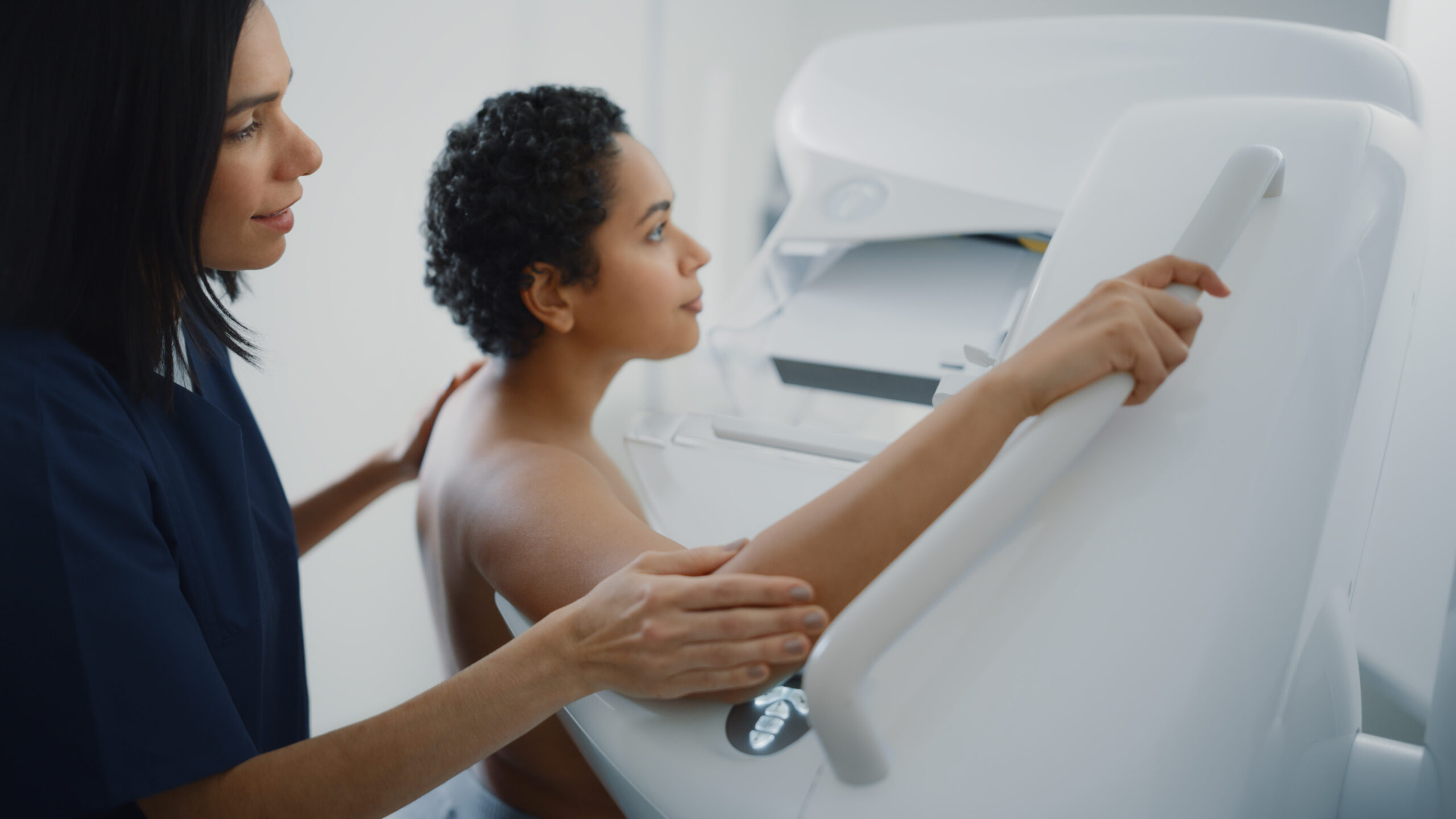
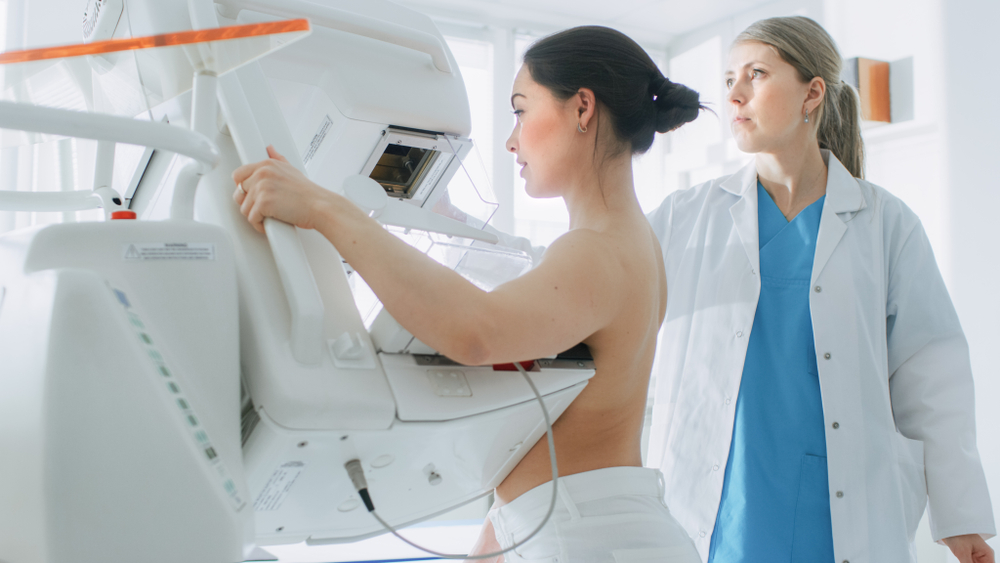
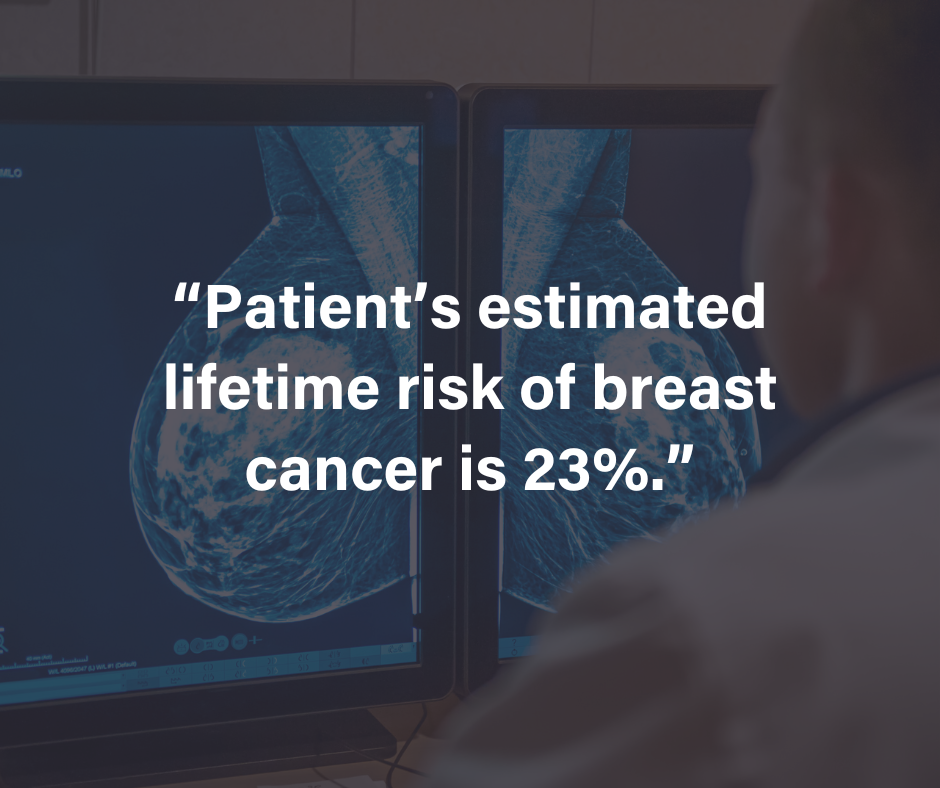




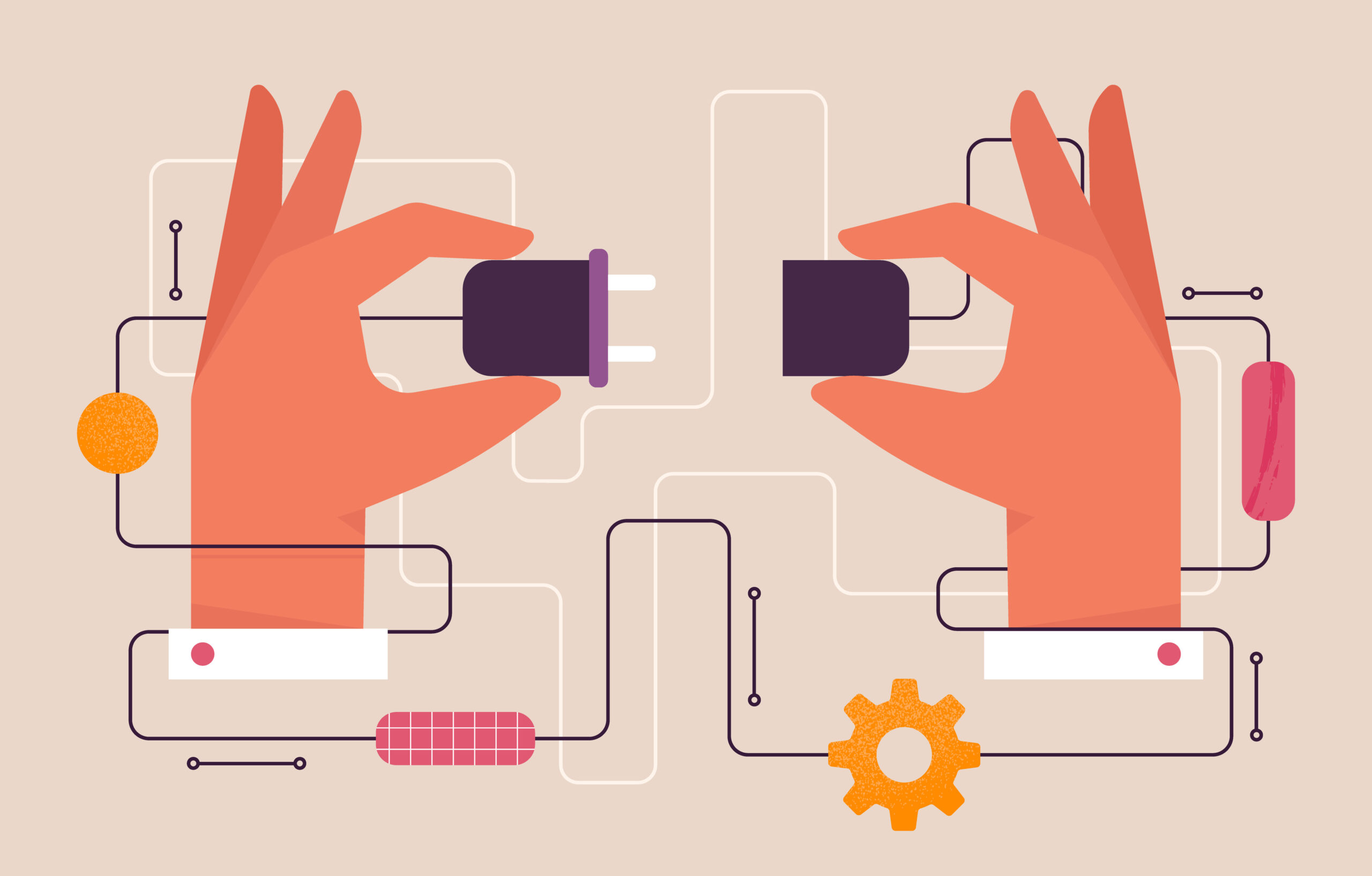
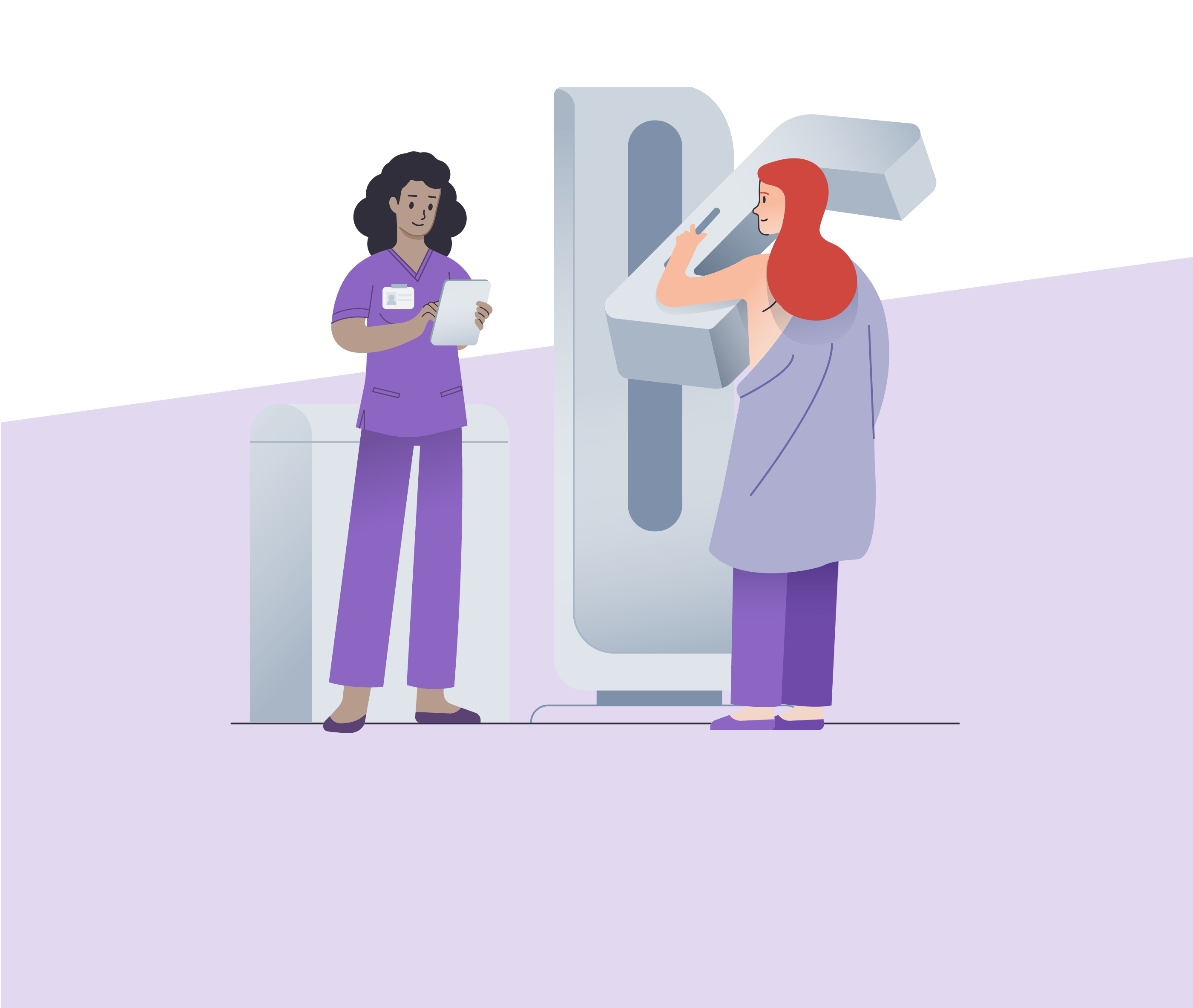

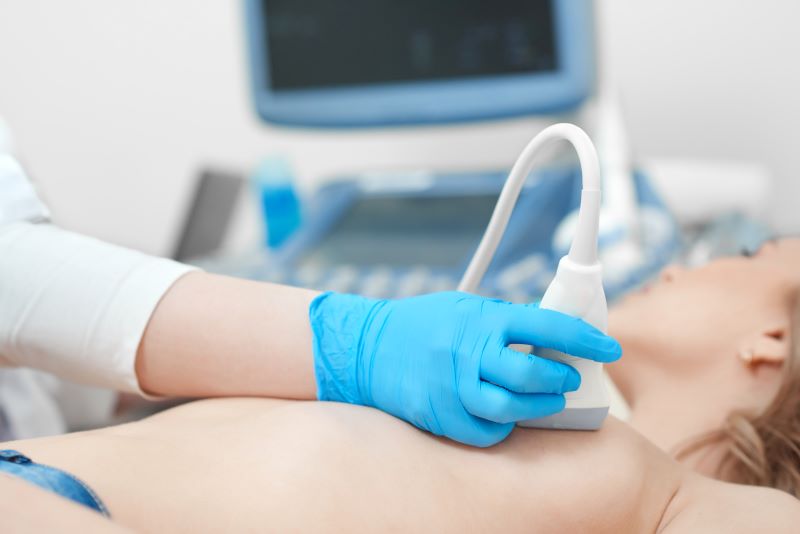
![monitoring breast density shutterstock_1299510538-[Converted]](https://magview.com/wp-content/uploads/2023/05/shutterstock_1299510538-Converted.jpg)
